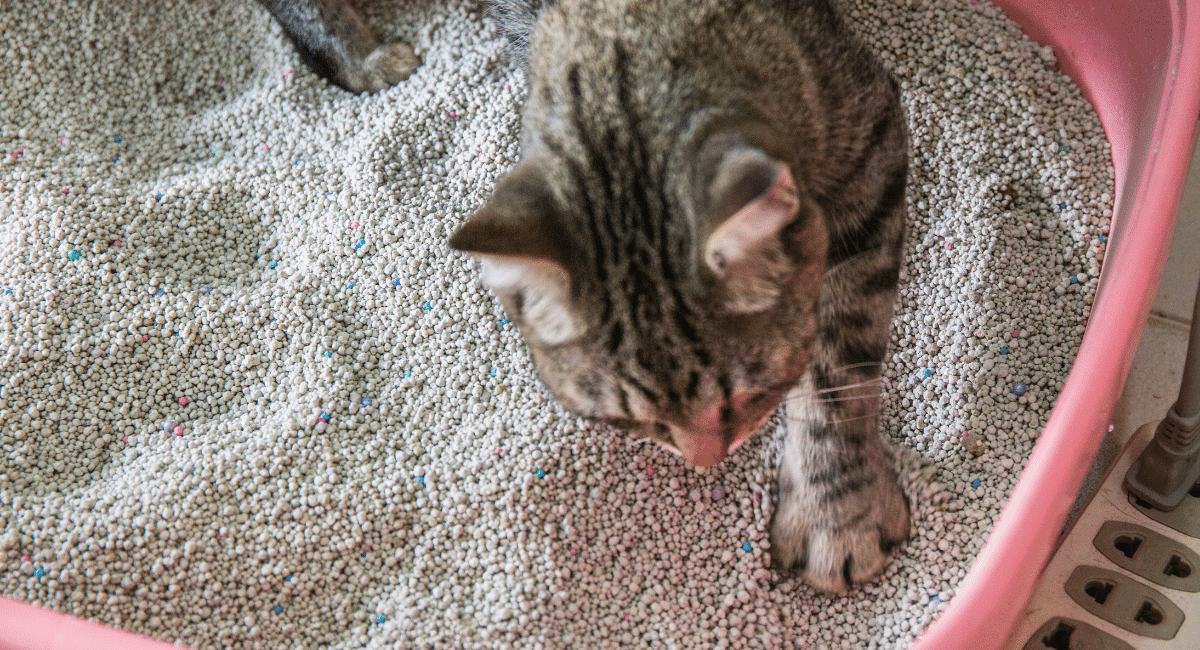Most people know that gum disease in humans can lead to other health conditions. It's also easy to prevent by thorough and regular brushing of the teeth. However, not all pet parents are aware that their dogs can also develop gum disease. If your dog has terrible breath, can you be sure that it isn't gum disease? This article will discuss periodontal disease in dogs and some of the things you can do to help treat it.
CAUSES OF CANINE GUM DISEASE
Gum disease in dogs is caused by the same culprit as in humans: bacteria. Just like humans, dogs pick up a lot of bacteria in their mouths. Since dogs can put almost anything in their mouths, the threat of bacteria is even higher than in humans. When this bacteria mixes with food and saliva, it starts to form plaque on the teeth.
Plaque is a sticky film that can collect on the teeth, which commonly starts growing by the gum line. As is the case with humans, plaque can cause a series of problems. Plaque makes brushing difficult because the bristles can't pierce through the plaque without additional tools. Since the plaque is providing a barrier for the bacteria beneath it, the bacteria are able to eat away at enamel and gums over time.
In dogs, plaque is even more serious. Because of the constant biological threats that animals face, they have powerful immune systems. Unfortunately, those systems can also wreak havoc on their bodies.
When plaque develops in a dog's mouth, its immune system recognizes it as a foreign invader. As a response, it creates white blood cells that are programmed to attack the plaque. Unfortunately, the bacteria also tells the white blood cells to attack the gums.
As a result, your dog experiences inflammation in their gums as well as the loss of gum tissue. Receding gums also comes with the consequence of losing bone material - their teeth will fall out.
Gum disease is actually more prevalent in dogs than in humans. This is primarily because dogs don't have their teeth brushed nearly as much as humans do. However, there are a few symptoms that are noticeable before gum disease starts to spread.
SYMPTOMS OF PERIODONTAL DISEASE IN DOGS
One of the problems with gum disease is that it can be difficult to notice gum disease in its early stages. It requires you to be proactive in taking care of your dog and their teeth. Some of the more advanced symptoms of gum disease include:
- Loose teeth
- Bleeding gums
- Difficulty picking up food
- Blood in water
- Blood on chew toys
- Making unusual noises when dog yawns or eats
- Bad breath
- Bumps in the mouth
- Dog mouth sores
- Bloody saliva
- Ropey saliva
- Head sensitivity to the point that they don't want their head touched
- Nasal discharge
- Chewing on one side of the mouth
Because the consequences of gum disease are severe, it's important to contact your vet or take steps to receive treatment for your dog. The easiest way to take note of your dog's oral health is to look for the above symptoms.
TREATMENT OPTIONS
There are both medicinal and natural dental care solutions that you can utilize to help treat gum disease in dogs. In addition, it's easy to include some of these steps in your dog' care to help stop gum disease from occurring in the first place.
1. Take Your Dog for Regular Oral Exams
Just like attending the dentist, it's important that you also take your dog to the vet for oral exams. During an exam, your dog will be placed under general anesthesia. It's the only way that a vet technician can easily look within your dog's mouth without difficulty. If there are any problems, the vet will know immediately what steps need to be taken.
2. Brush Your Dog's Teeth
Dog teeth cleaning is essential to both preventing and treating gum disease. While your dog may show some resistance to it at first, with enough patience and training, you can successfully clean their teeth and keep them happy. Speaking to your vet is a great way to ensure that you have the right kind of tools and are using the right kind of technique.
Although there are many dental bones and treats on the market, cleaning your dog's teeth with a toothbrush and doggy tooth paste on a regular basis is still the best way to remove plaque from their teeth and ensure that harmful bacteria don't build up in their mouth.
3. Look For Dental-Friendly Foods
Not all dog food is created equal. You can also purchase certain dog foods that have oral health in mind. These foods essentially help scrub your dog's teeth as they chew it. By removing the plaque from their teeth, the food keeps your dog's oral health in check.
Some dental-friendly foods also include additives to help prevent the development of plaque.
4. Try a Natural Remedy
Some home remedies that have been shown to reduce plaque and strengthen teeth and gums naturally include giving your dog raw food or meaty bones, feeding them bone broth, and using coconut oil as toothpaste. Homeopathic remedies have also proven useful in preventing and treating periodontal disease in dogs.
5. Offer Them Chew Toys
All dogs love to chew! So why not get them a bone or chew toy that not only helps keep them occupied, maintains the health of their teeth, while at the same time helping to loosen and scrape off plaque.
Some of the chew toys that you'll want to consider are rubber-based, tartar bones and dental treats. Many of these come with two sided ridges that help get at all parts of the dog's teeth. The other benefit of these rubber toys is that they also massage the dog's gums. Your dog can spend hours chewing on them and helping to clean their teeth all at the same time.
As with any dog toys or bones, it is important to supervise your pup and make sure that no small parts break off which can lodge in their throat.
6. Tooth Removal - a Last Resort
While cleaning, flossing, and brushing can help the early stages of gum disease, only one method is used for late-stage gum disease. At this point, a dog's tooth is almost entirely rotten. The only way to save the rest of your dog's teeth is to remove the infected tooth. A vet can do this by removing the tooth and cleaning out the rot.
Gum disease can ravage your dog. It's never too late to start taking better care of their oral health - so start today!
Related Articles You May Have Missed
Taking Home A Rescue: What to Expect With An Adult Dog



